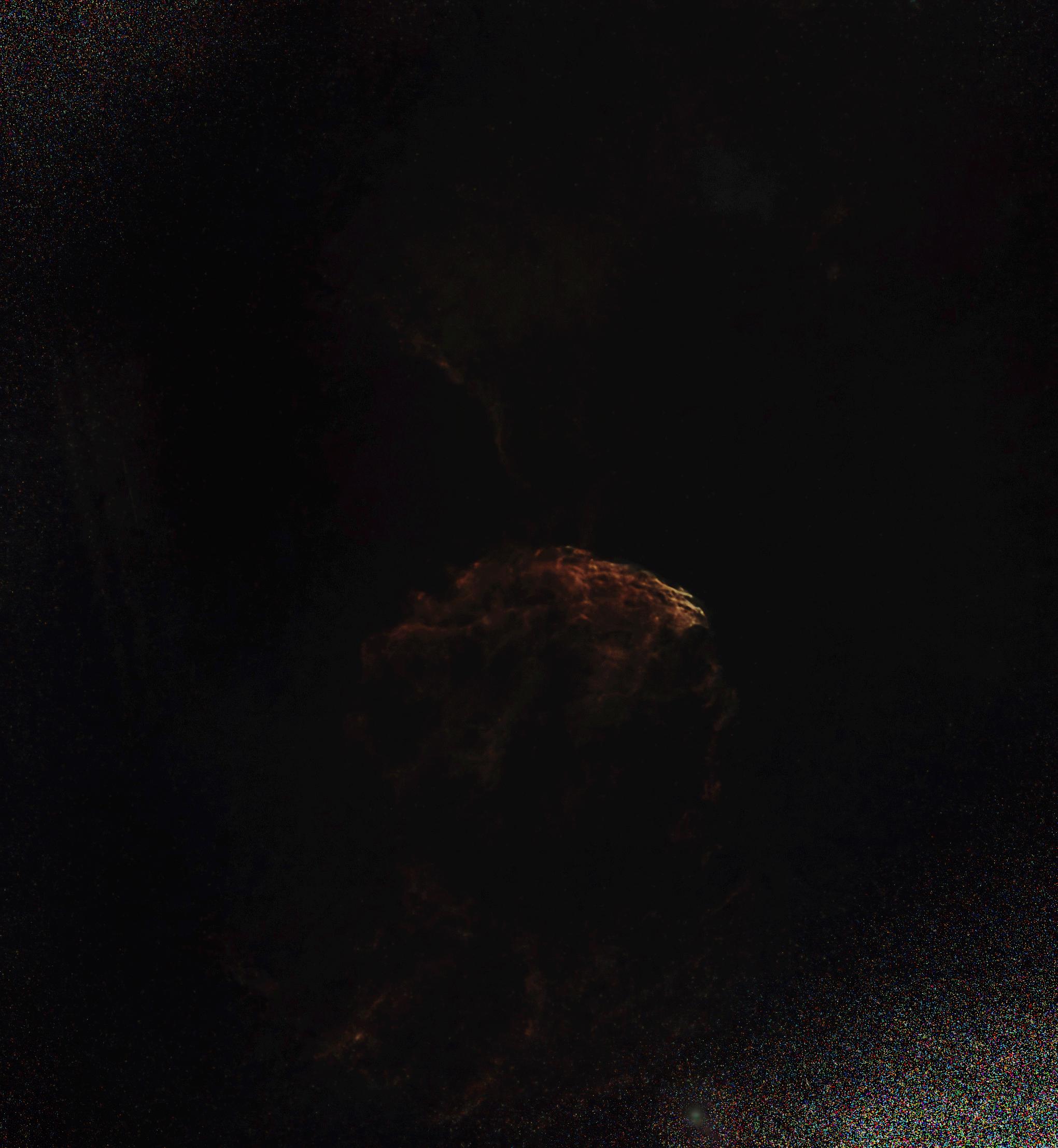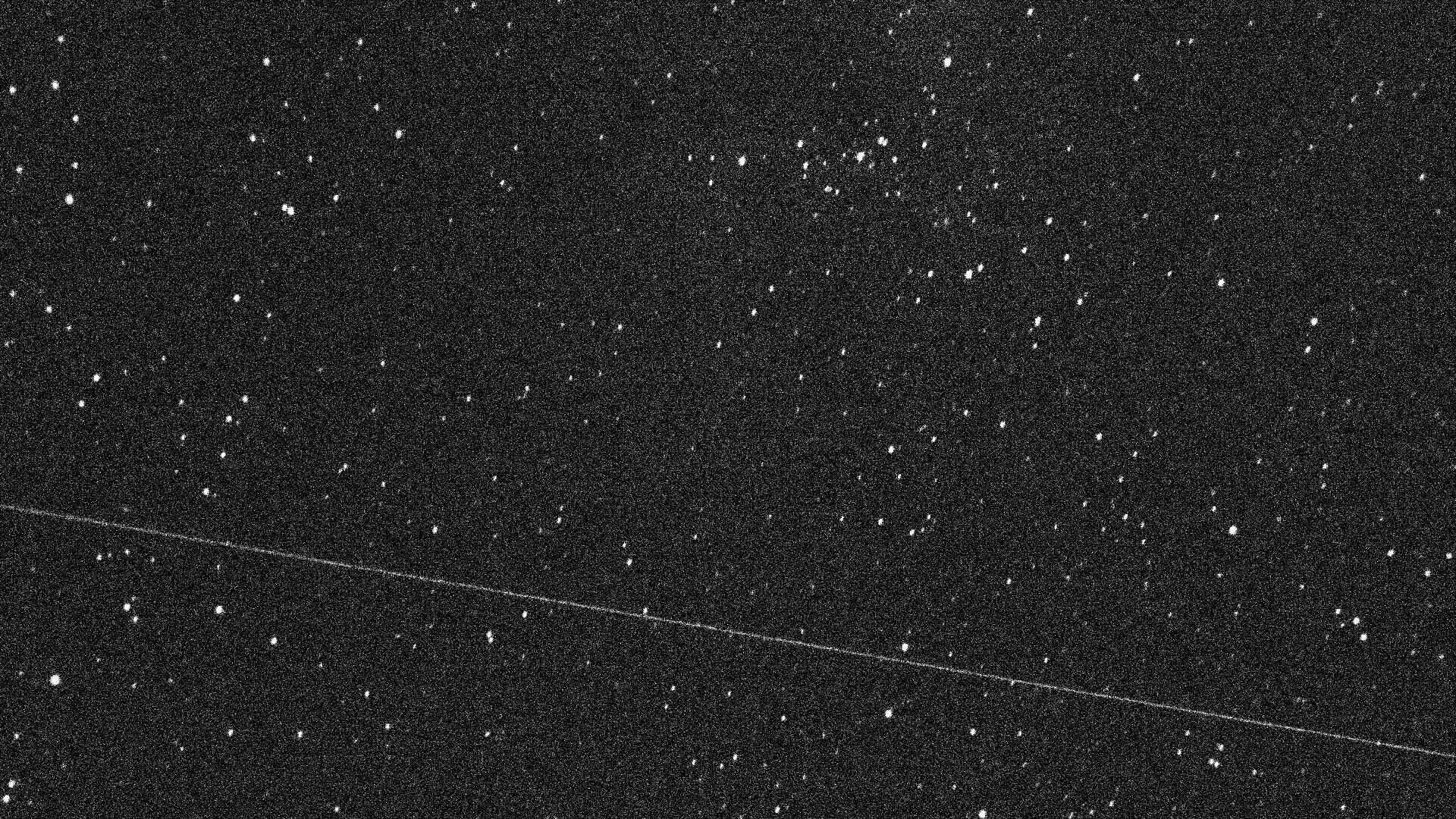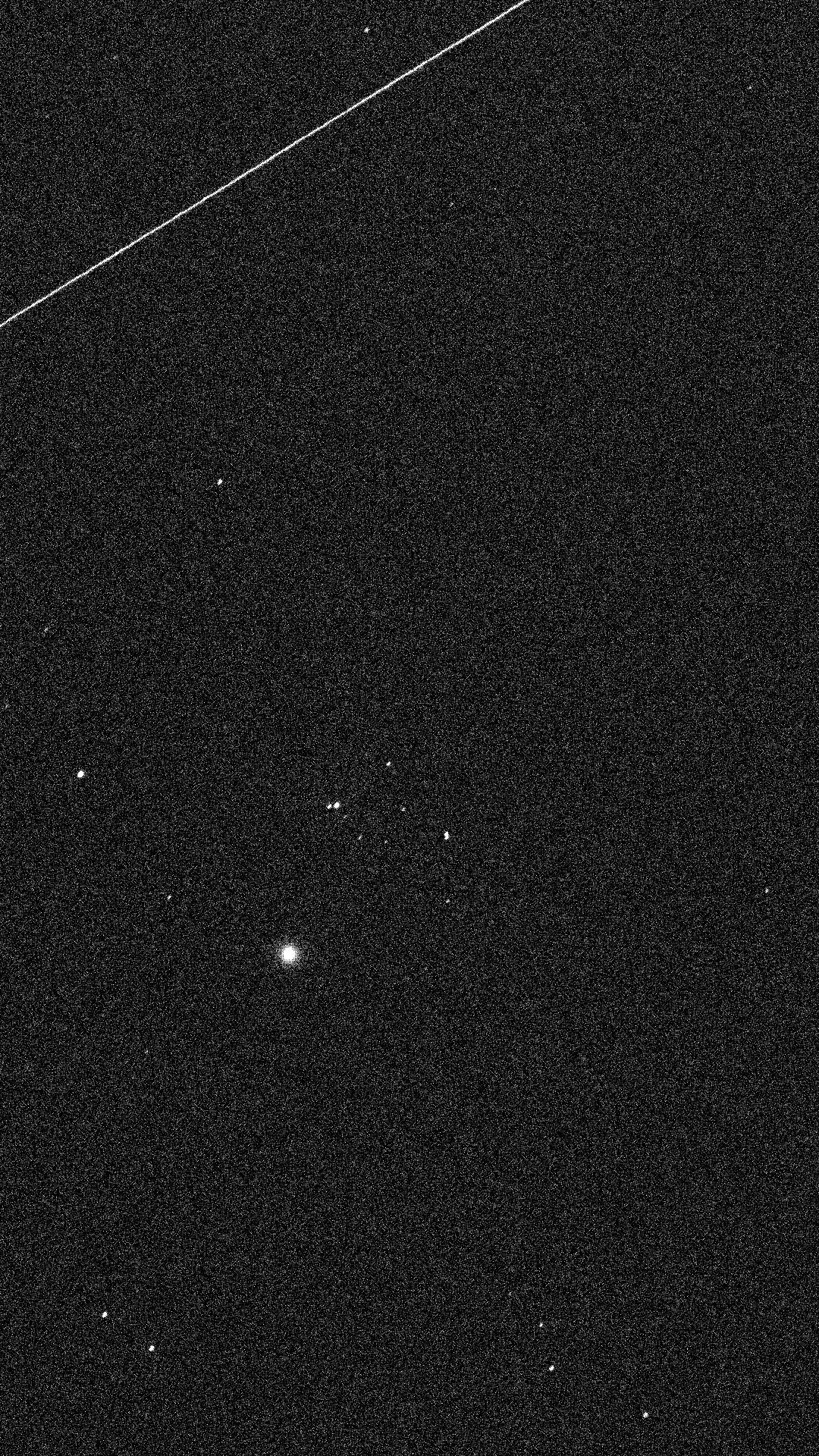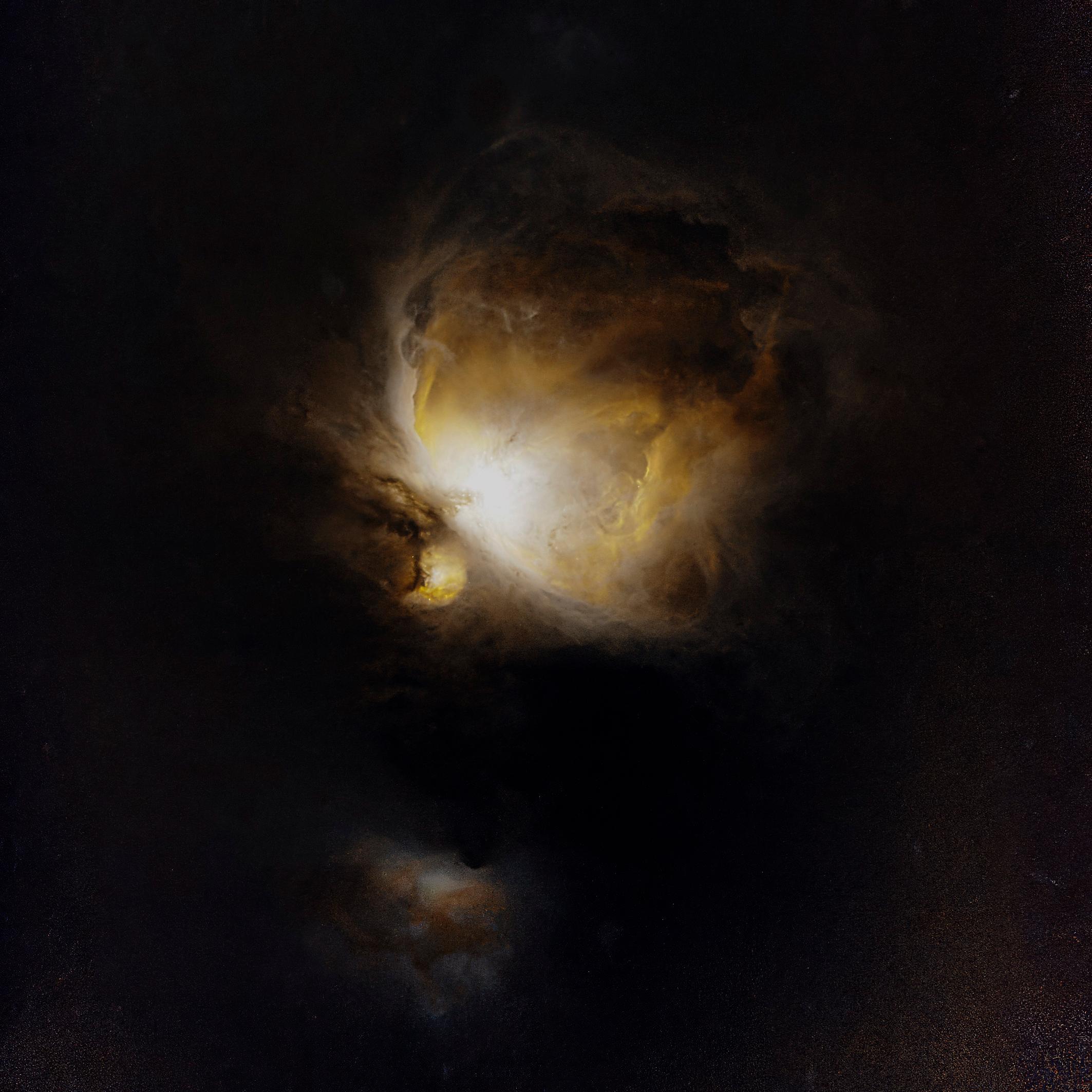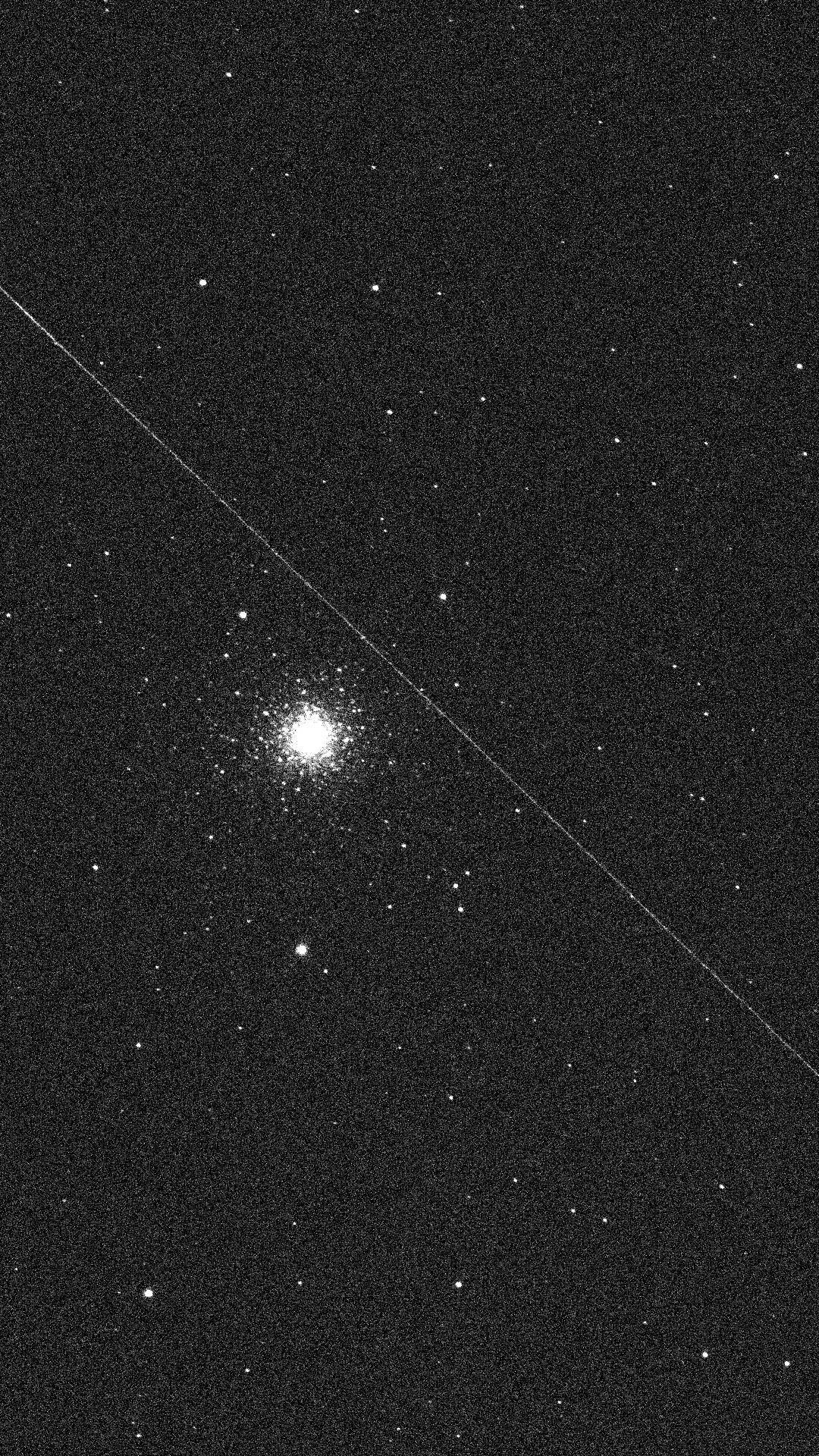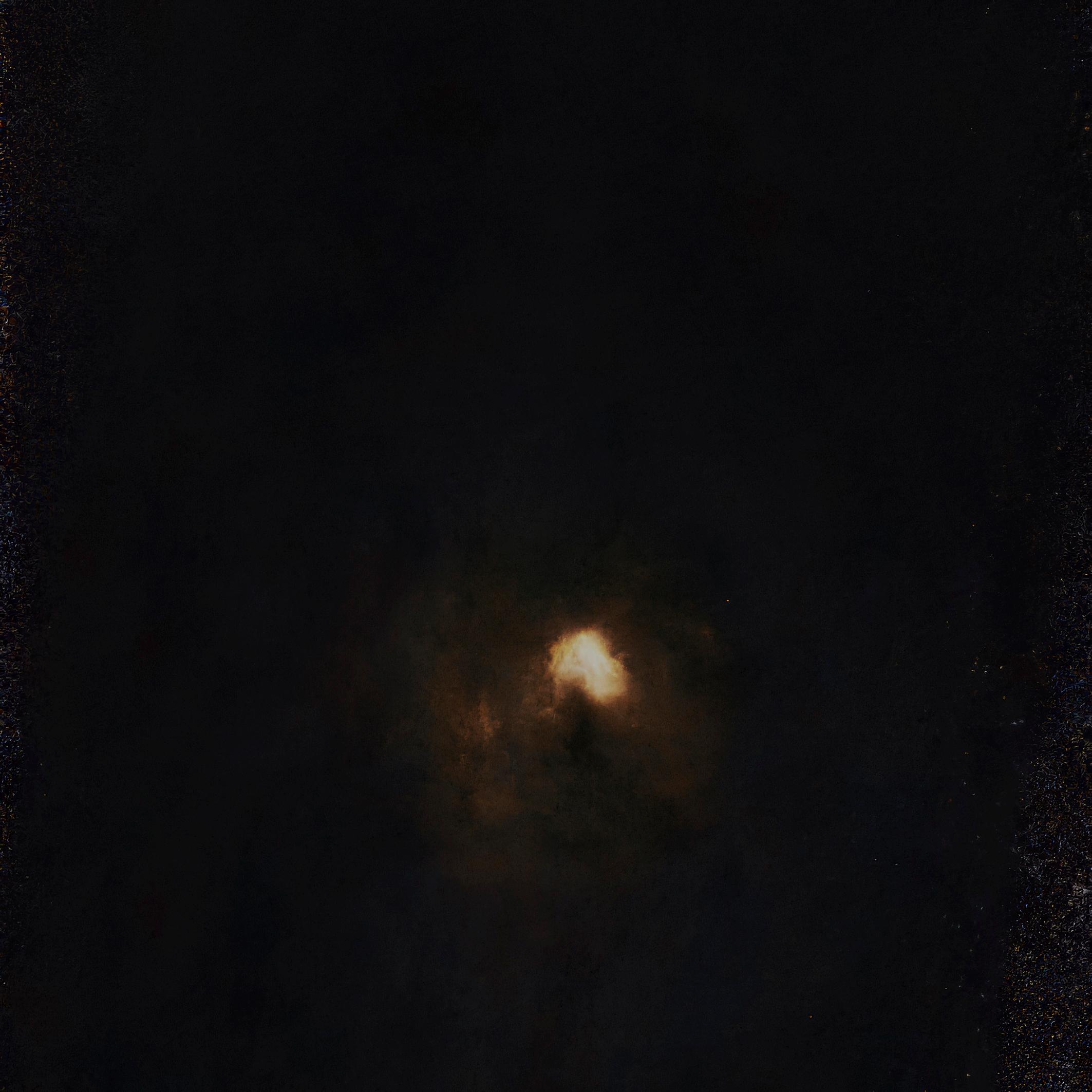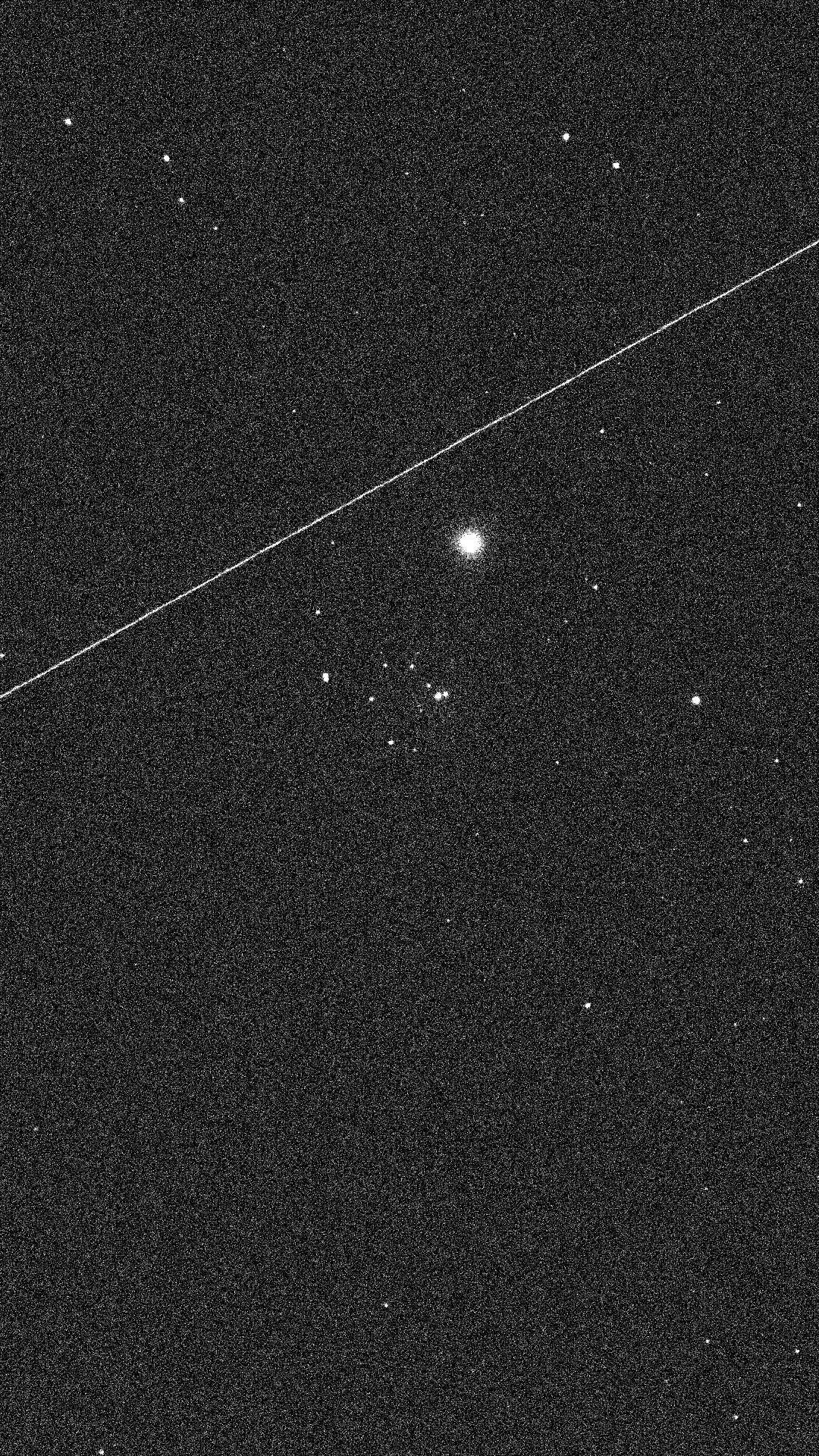CHRISTI MACPHERSON
MA PHOTOGRAPHY
PHO720 // INFORMING CONTEXTS
APRIL 2025

CHRISTI MACPHERSON
MA PHOTOGRAPHY
APRIL 2025
The Shape of a Hyperobject is a response to environmental philosopher Tim Morton’s writings on hyperobjects, which he defines as human-made problems of such magnitude that the human mind finds it difficult to grasp not only its size, but also the size of its potential future impacts.
Examples of such hyperobjects might be the anthropocene, the climate crisis, the totality of all nuclear waste in the world (and the sheer length of time it will remain unsafe). These are all examples of things that have proven - and are proving to be - too big to see and think about. We can only see them when their extents poke into our sphere of existence, with extreme weather events for example.
Morton’s argument is that by conceiving of these hyperobjects, we give them a name and then we can think about them, and in thinking about them, we are obliged to do something about them.(Morton 2015)
The intent of this work then, is to help us think about another hyperobject, and hyperobjects more generally. In this instance, it’s the space junk crisis. With millions of objects in low earth orbit, travelling at up to 18,000 miles per hour, the risk of a devastating collision at some point in the future increases with every launch.
The worst case scenario - known as Kessler Syndrome - an
uncontrollable chain reaction of collisions, could leave us permanently unable to access space, knock out vital GPS services and create an international political crisis if a global power’s satellite were to get taken out without warning.
It is so vast, so fast and so far away that it is very difficult to grasp the enormity of the problem.
By juxtaposing images of our sublime deep sky objects (nebulae, galaxies and so on) with cold, clinical, noisy images of the traces of satellites hurtling through the frame of my camera pointed into space, I hope to show the shape of this hyperobject and provide a means to think about it, and therefore oblige us to do something about it, and hyperobjects in general.
MORTON, Timothy. 2015. ‘Introducing the Idea of “Hyperobjects”’. Introducing the idea of ‘hyperobjects’ [online]. Available at: https://www.hcn.org/issues/47-1/ introducing-the-idea-of-hyperobjects/ [accessed 24 Mar 2025].
